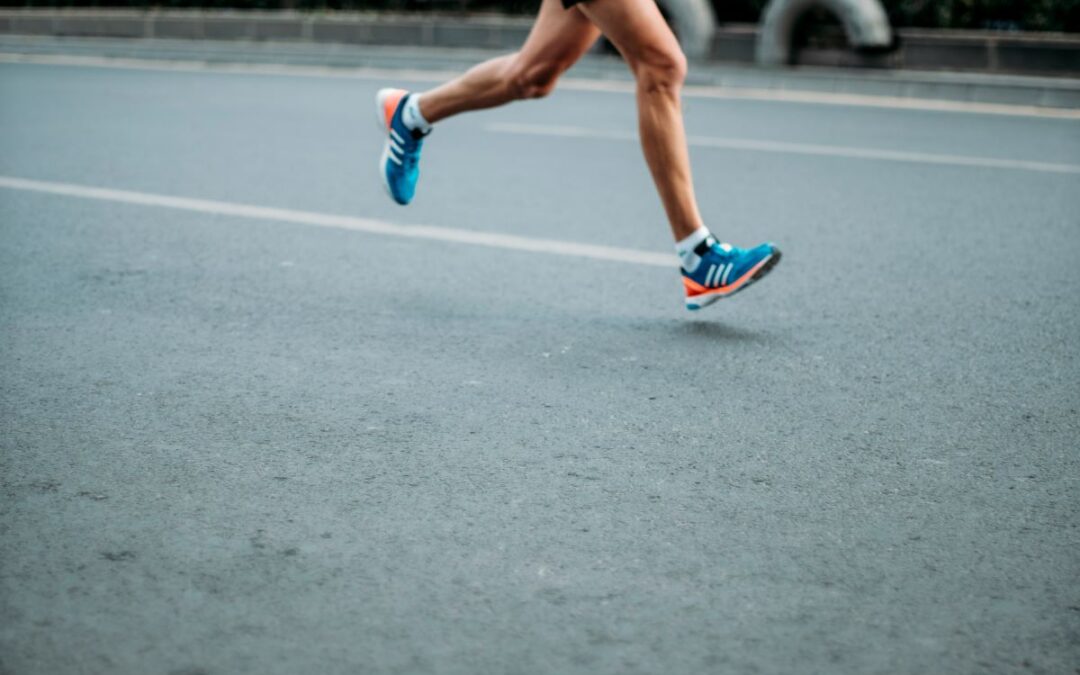Improve Your Running: Technique, Training & Recovery for Runners
By: Giannis Psarelis
Improving running performance requires proper technique, targeted training, and sufficient recovery. This applies to both beginners and experienced runners. The key is reducing the risk of injuries while simultaneously increasing efficiency and running speed.
Basic Principles of Running Technique
Proper technique is crucial for performance and injury prevention. The main pillars include:
- Good posture: Keep the torso upright, shoulders back, and core engaged. This reduces overload on the legs and improves running economy.
- Midfoot strike: The foot touches the ground just behind the ball of the foot, with the heel making only light contact. This reduces impact and properly activates the calves.
- Hip extension: Proper hip extension increases stride length and efficiency. Insufficient extension leads to shorter steps and “shuffling.”
Other important factors:
- Increasing stride frequency (cadence) above 180 steps/min reduces ground reaction forces.
- Rotating shoes to prevent overuse.
- Dynamic stretches and drills before every main workout improve muscle activation and physiological performance.
Structured Run Training
Training should include different types of sessions:
- Steady-state runs
- Interval runs (at different intensity zones)
- Tempo runs
- Combo runs
- Fartlek training with structured speed changes
- Hill repeats
Each workout should begin with a 15–20 minute warm-up, followed by dynamic stretches and drills. This activates the right muscles and neuromuscular pathways for more efficient running.
An example: 50-minute runs with 6–8 minutes of faster running, broken into short efforts for physiological adaptation.
Recovery & Cross-Training
Recovery is critical for injury prevention and maintaining performance. Recommended techniques:
- Foam rolling to improve mobility and reduce stiffness before running
- Dynamic stretches and drills for muscle activation
Alternative training methods:
- Aqua running for increased mobility without impact
- Elliptical training for low-impact longer sessions
- Rowing for cardiovascular conditioning and leg strength development
These methods reduce joint stress and allow continued training even after injuries.
Conclusions
- Proper running technique improves efficiency, reduces injuries, and increases speed.
- Structured training with varied sessions creates better physiological adaptations.
- Recovery and cross-training help maintain consistency and performance.
With emphasis on correct technique, training variety, and recovery, every runner can run more efficiently, enjoyably, and safely.


